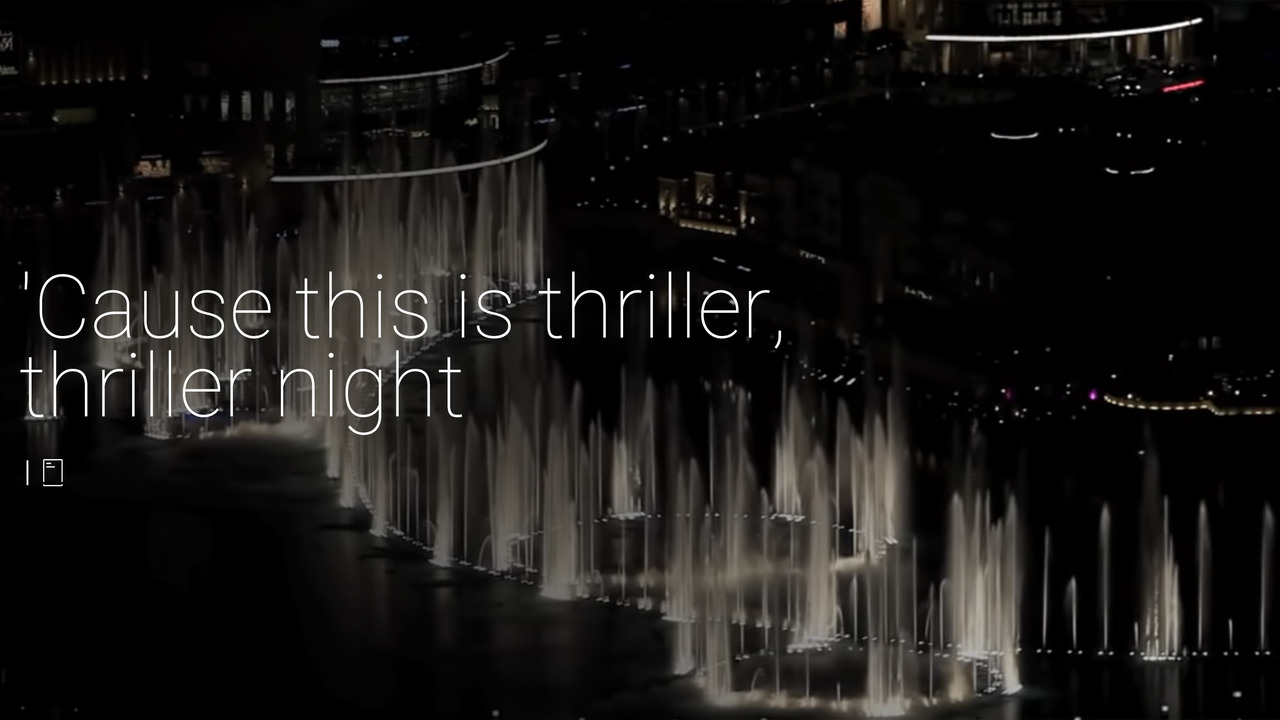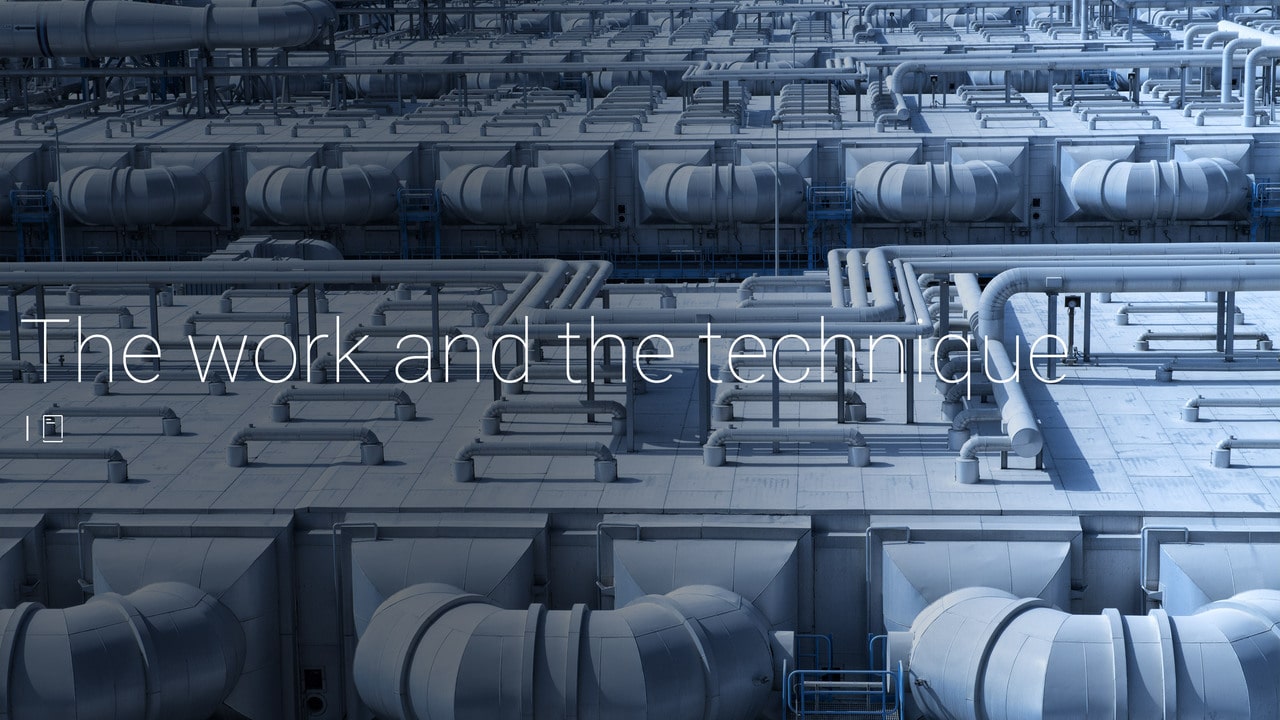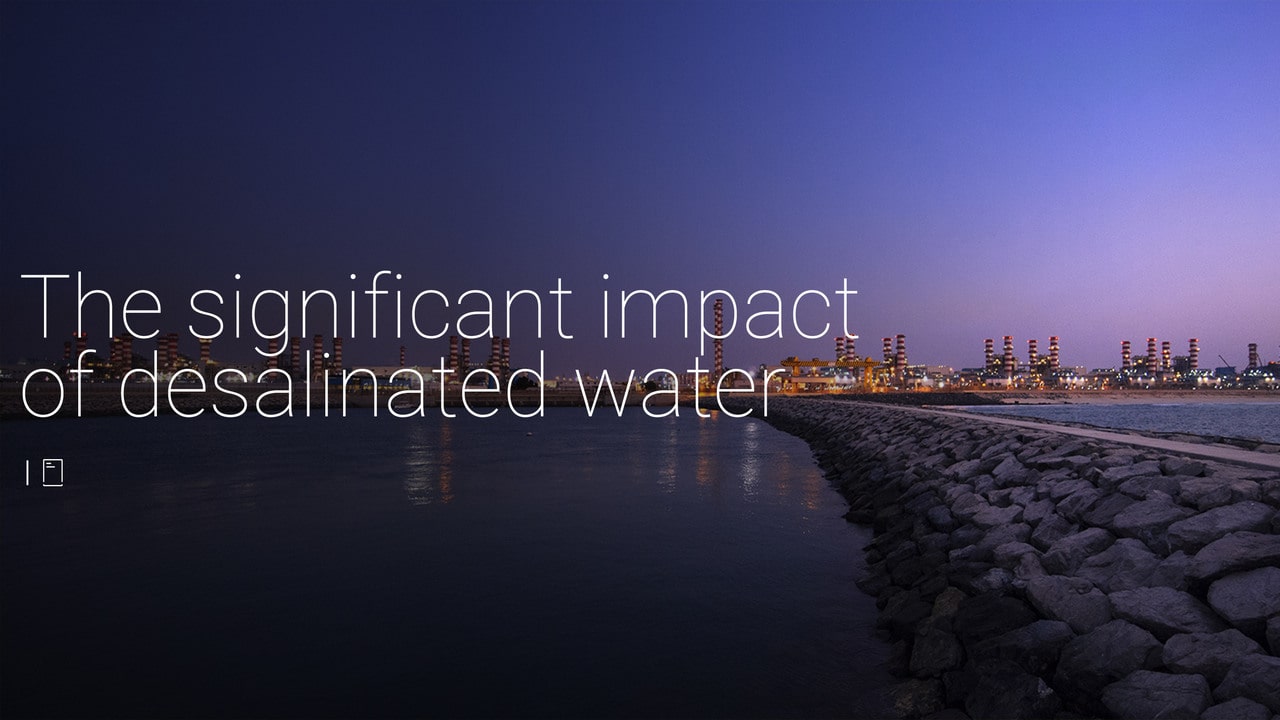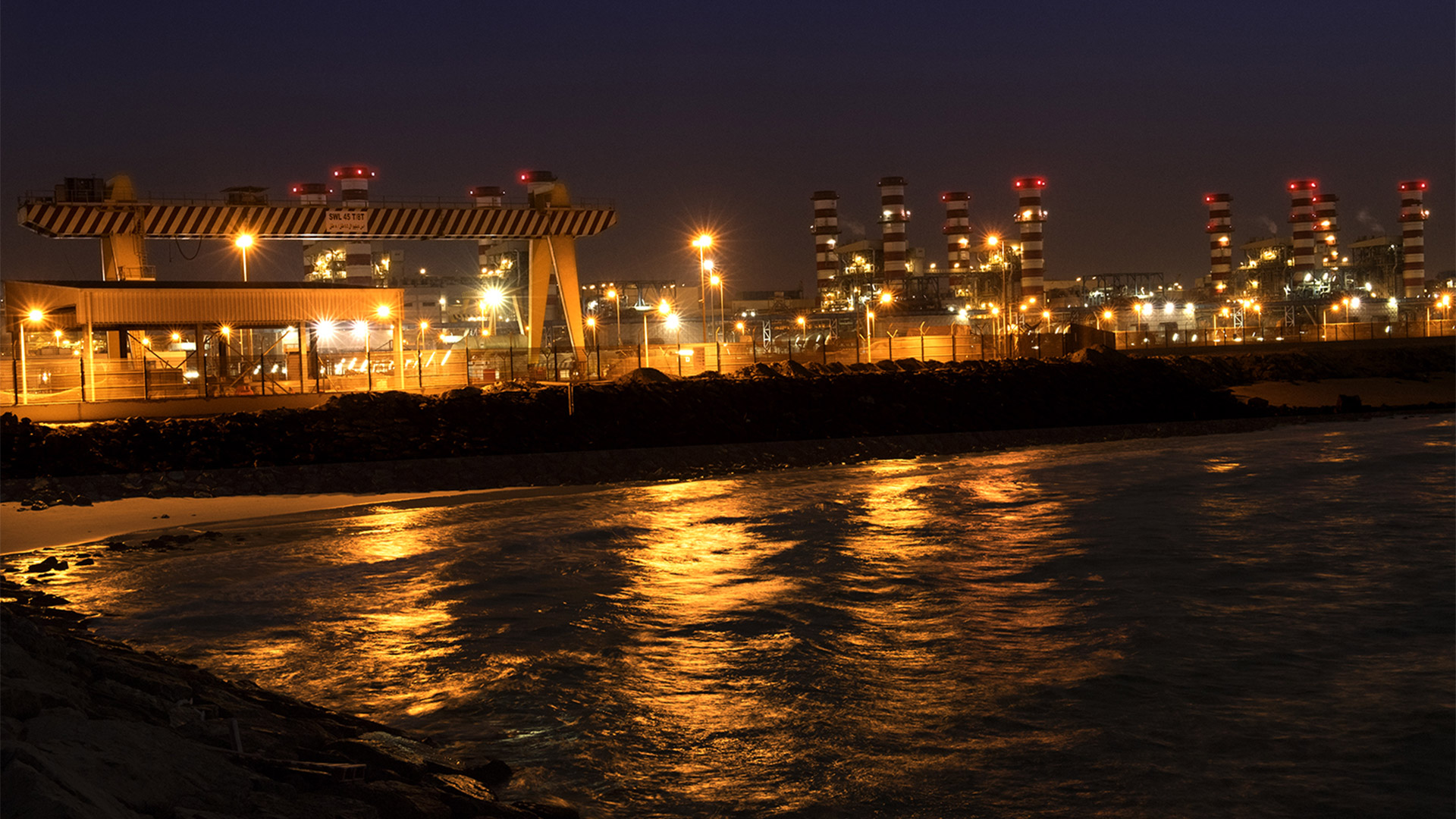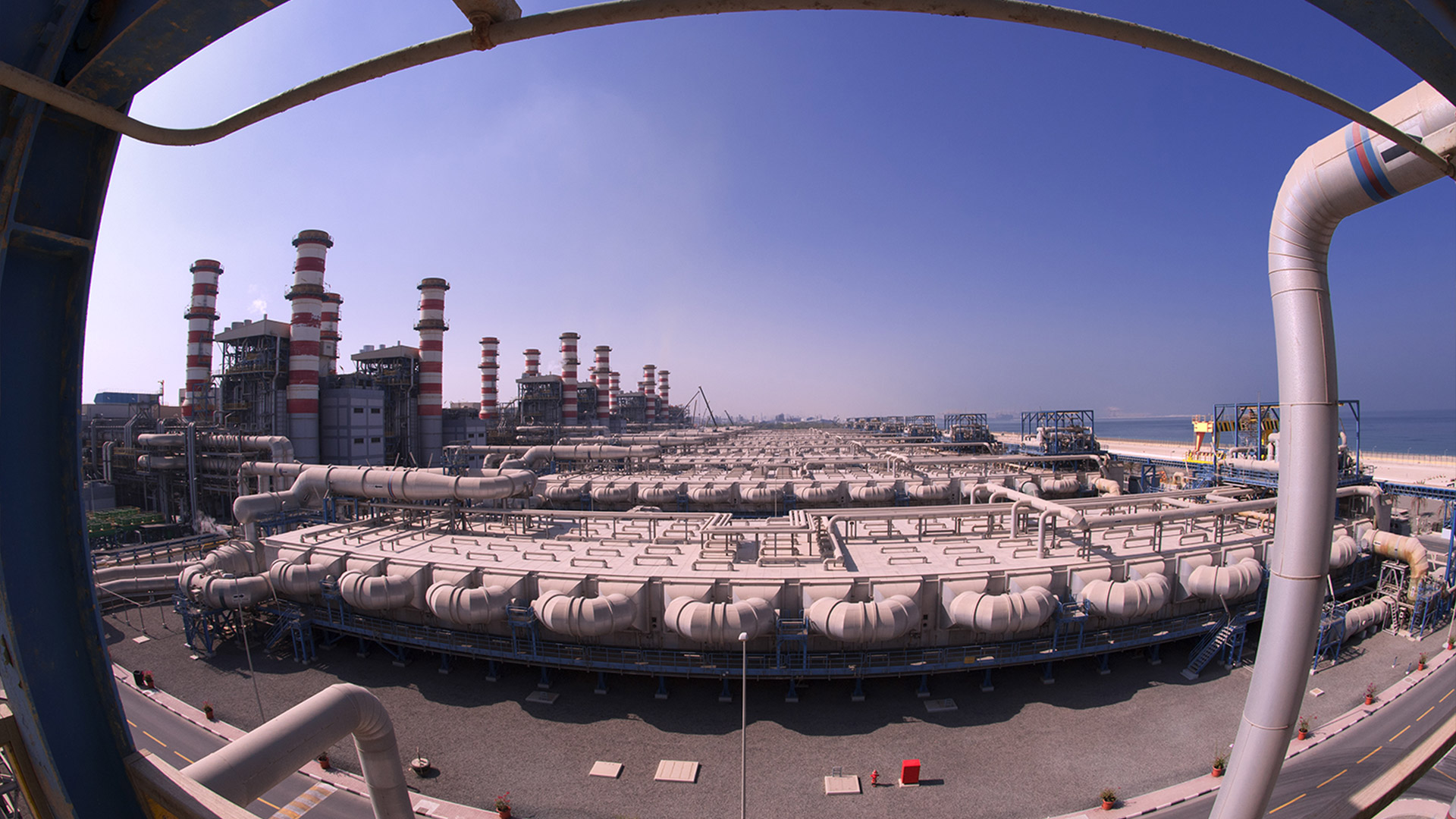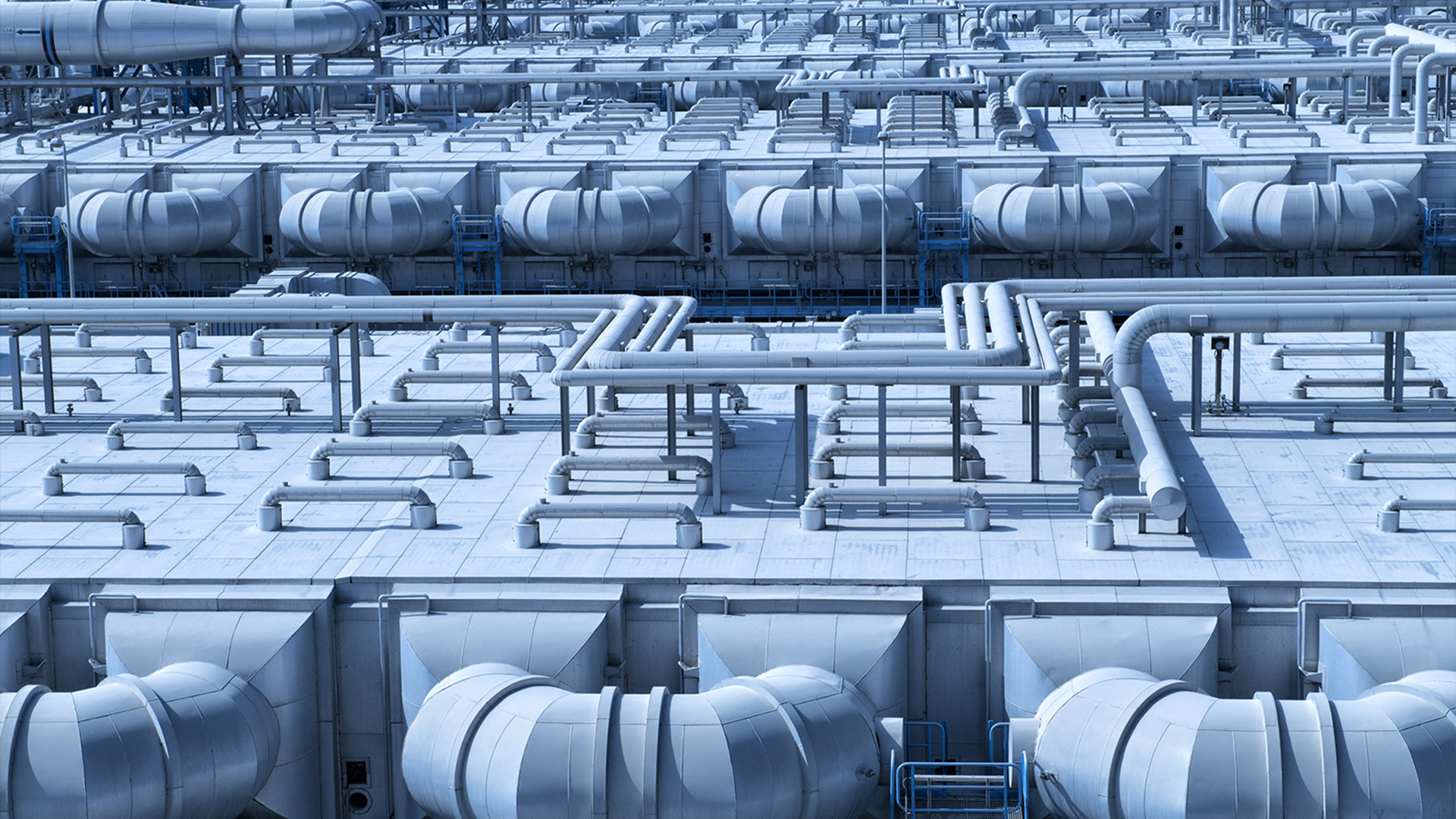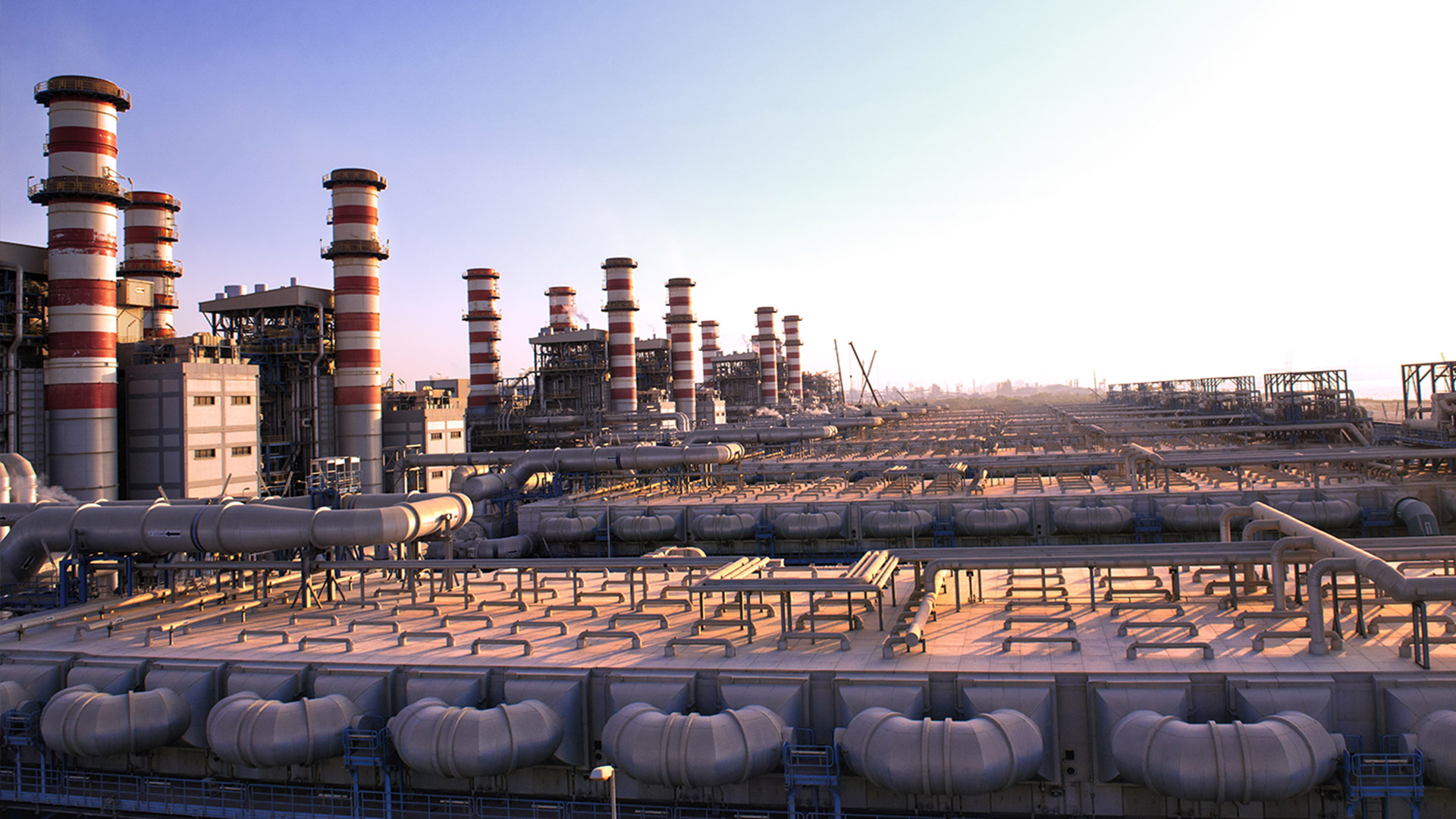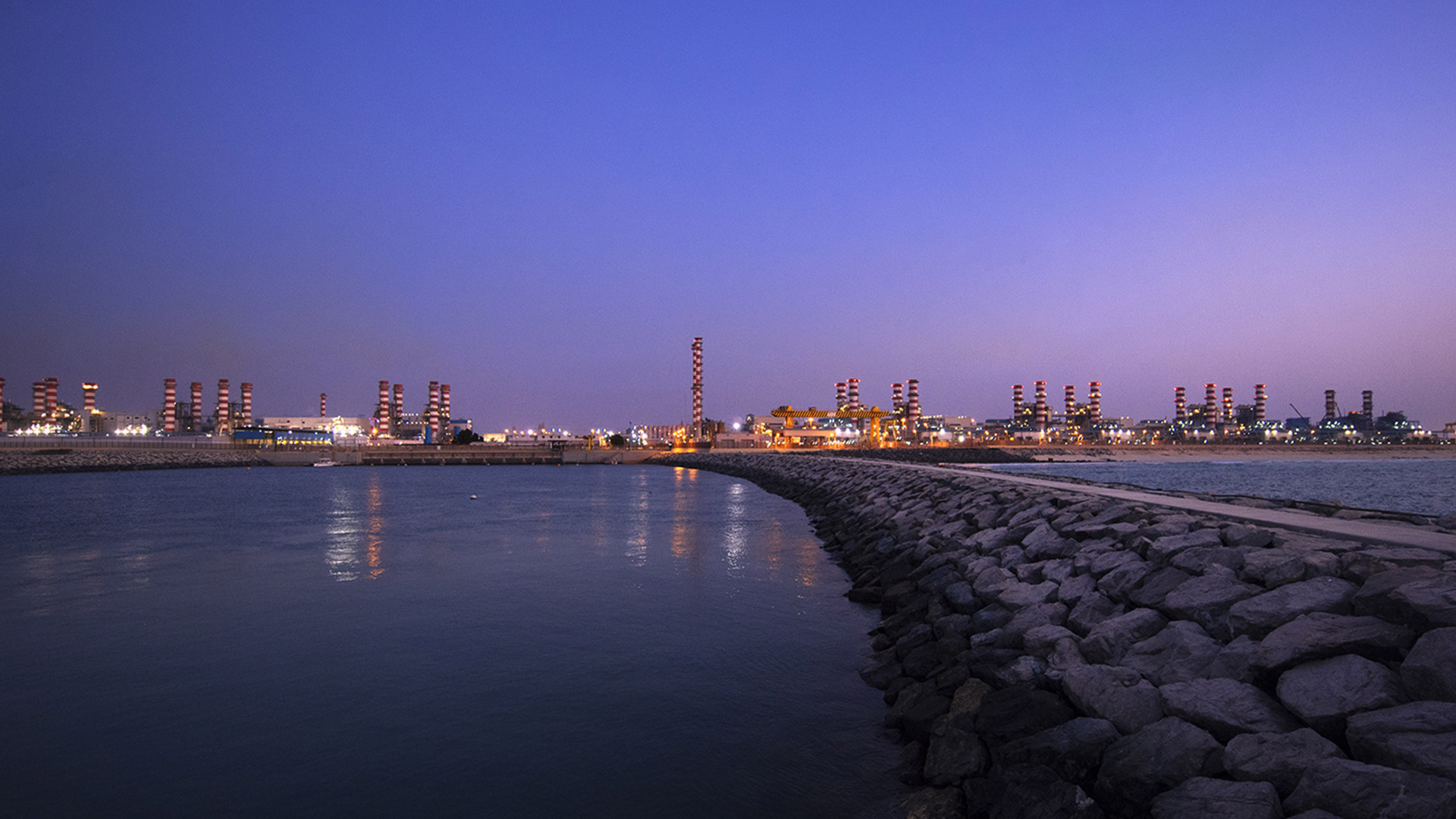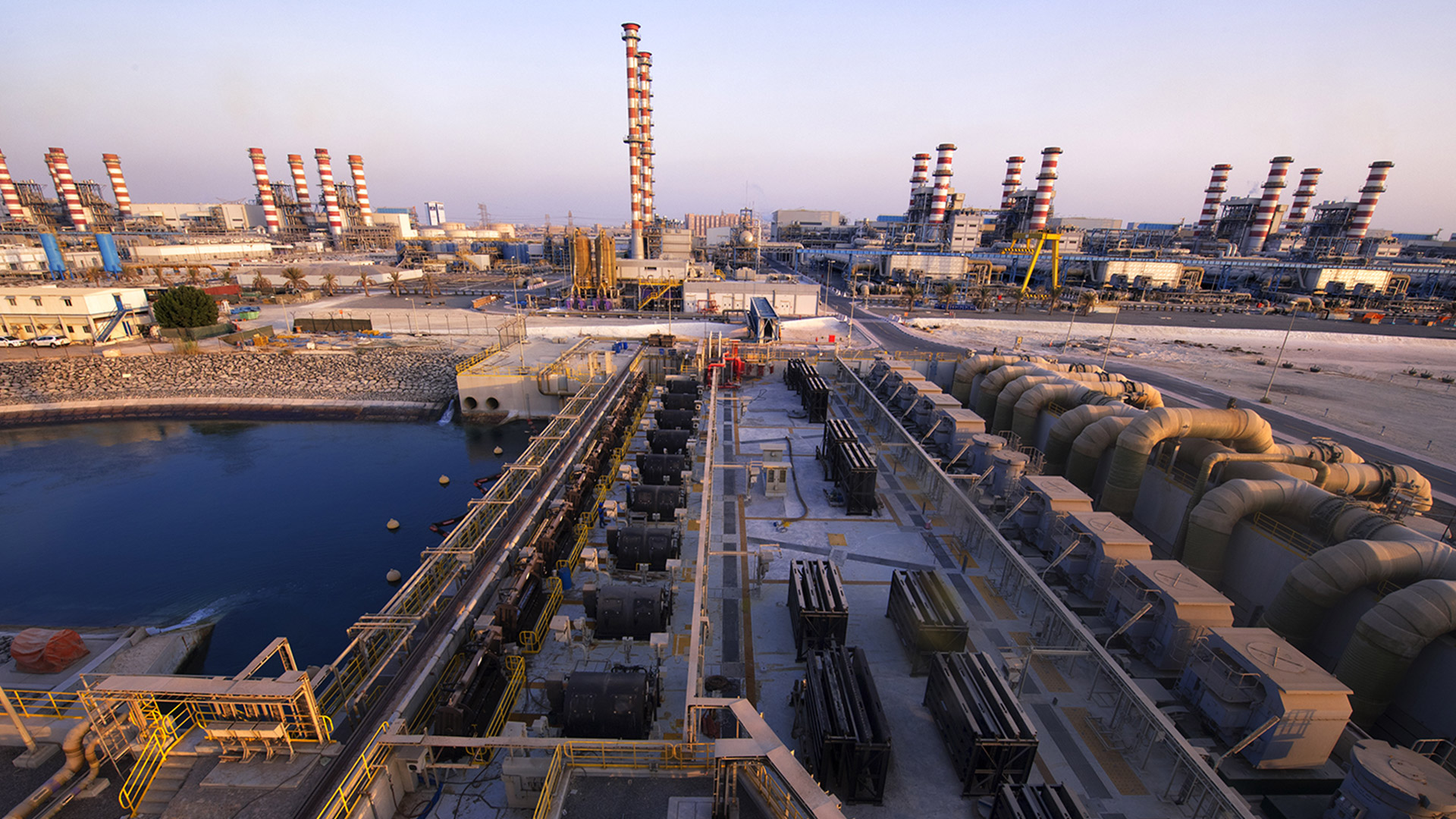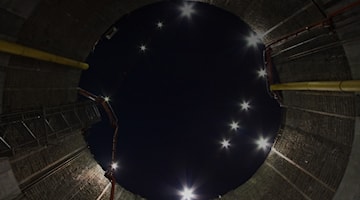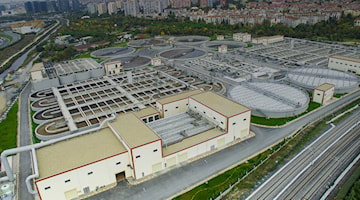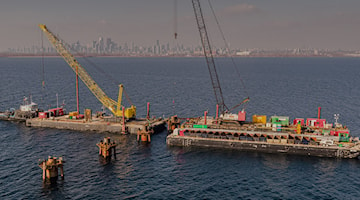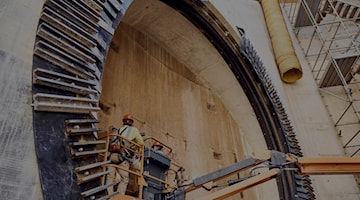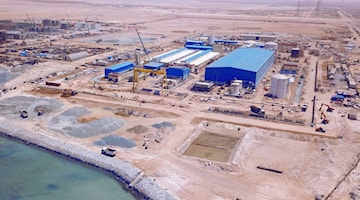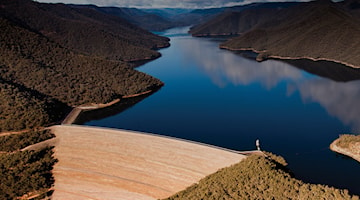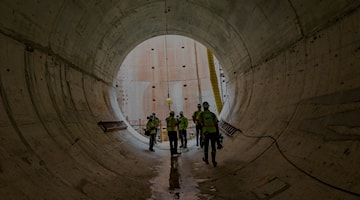Water, oh sweet water!
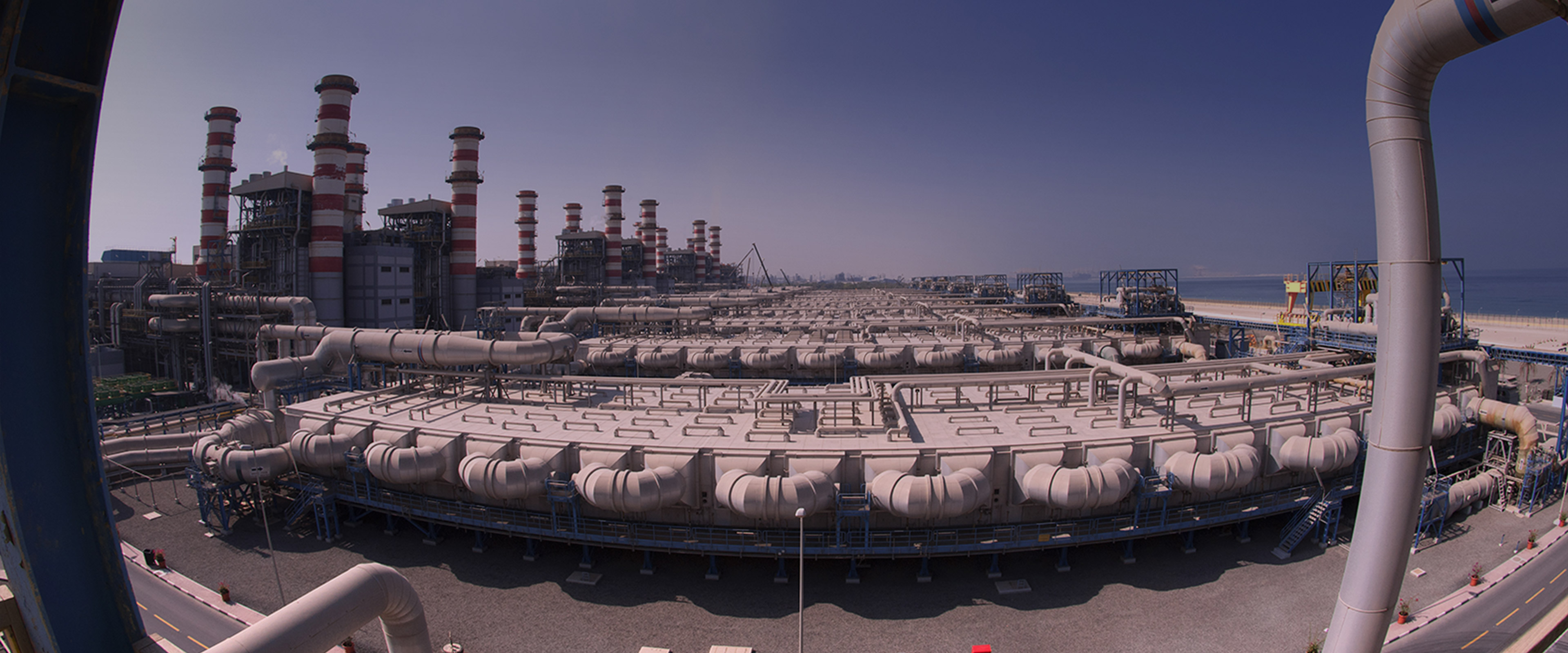
JEBEL ALI M DESALINATION PLANT, UNITED ARAB EMIRATES
Low seabeds, coral reefs, oases with date palms, merchants, and pearl divers have, for many centuries, made this territory overlooking the Persian Gulf very fortunate. This was long before oil, futuristic skyscrapers, and luxurious resorts transformed it into what is today the most famous, grandiose, and popular of the United Arab Emirates: Dubai.
Governed by emir Mohammed bin Rashid Al Maktoum, with approximately 3.96 million inhabitants and the greatest concentration of billionaires of the Middle East, it is the second emirate for its extension after Abu Dhabi, with a total area of 4,114 km2. Black gold is abundant here, while water levels, on the contrary, are very low.
Extremely high average temperatures, few rainfalls, almost in-existent natural water resources, still did not manage to slow the demographic and tourist peak of its capital, Dubai: In 2024, nearly 4 million inhabitants (90% more than in the previous decade) and 18.7 million tourists.
And do you know why?
Easy. Due to desalinators: clean, sustainable energy sources on which Gulf countries plan billionaire investments.
In the United Arab Emirates alone, the amount of water that was produced by desalinators went from 1.71 billion litres (in 2019) to 2.12 billion (in 2022),,correspinding to 42% of the state’s water demand and 14% of global production. A milestone largely due to the Jebel Ali M plant, on the Persian Gulf coast 30 km from Dubai, the largest in the seven Emirates when it was completed in 2012. In 2014, Jebel Ali M was named “Desalination Plant of the Year” by the Global Water Awards.
Built from 2007 to 2012, the Jebel Ali M desalinator is greatly contributing to reaching the UN's Sustainable Development Goals to responsibly use water resources, which in Dubai are also present as real snow and ice.
So, whether you are in the desert skating at the Dubai Ice Rink or skiing on the world’s largest indoor slope, you might get thirsty, but rest assured there is no shortage of water.

THE WORK AND THE TECHNIQUE
M³/D CAPACITY
UNITS (X 17.5 MIGD)
MICROSIEMENS/CM DISTILLED QUALITY
DEGREES CENTIGRADE MAX SALTWATER TEMPERATURE
PERFORMANCE RATIO
DEWA, Dubai Electricity & Water Authority
Fisia Italimpianti company of the Webuild Group
2014 nomination “Year Desalination Plant” by Global Water Awards
The Jebel Ali M plant is among the icons of the desalination sector.
Works to build it were awarded to Fisia Italimpianti, a Webuild Group company.
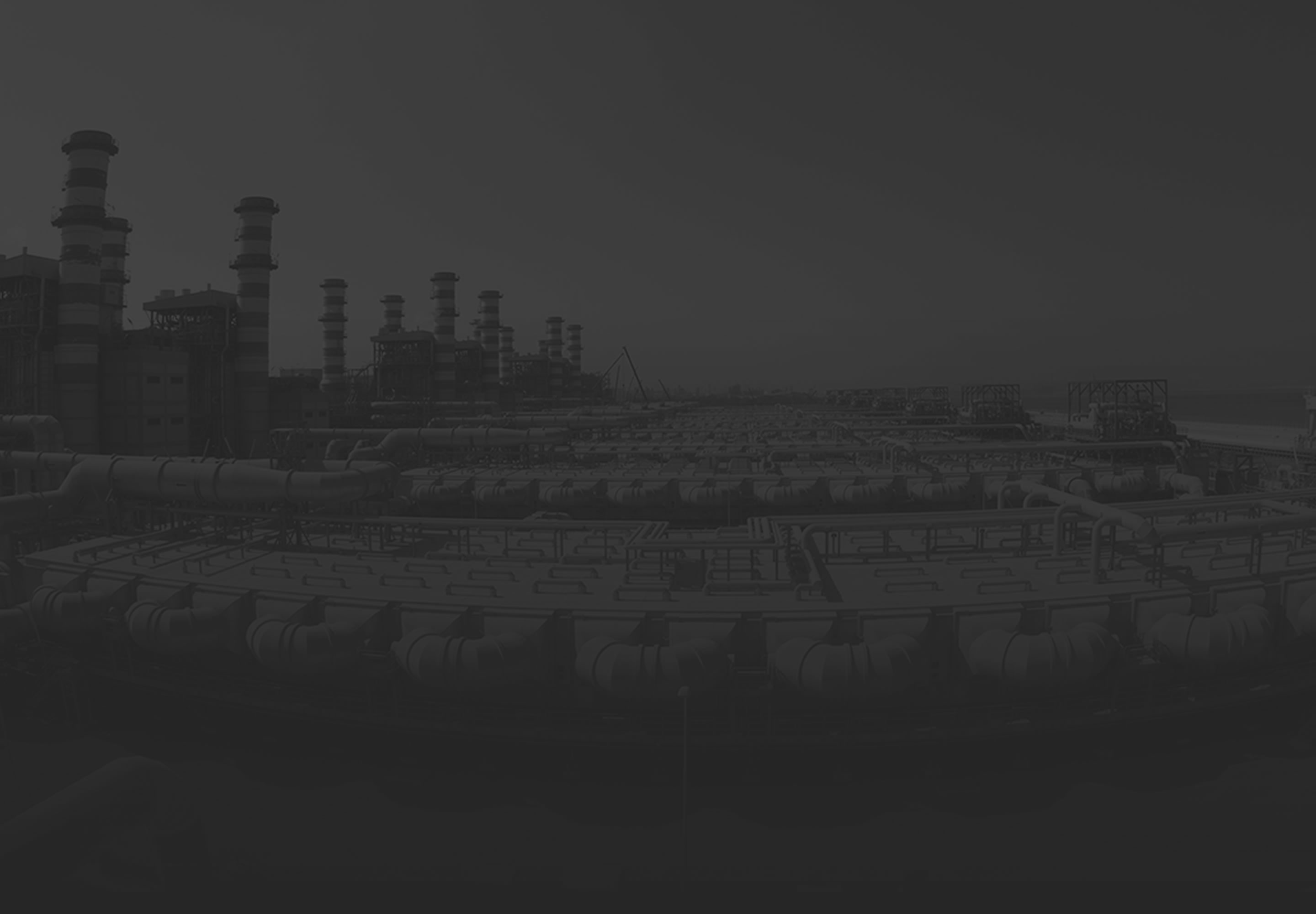
CULTURAL INSIGHTS
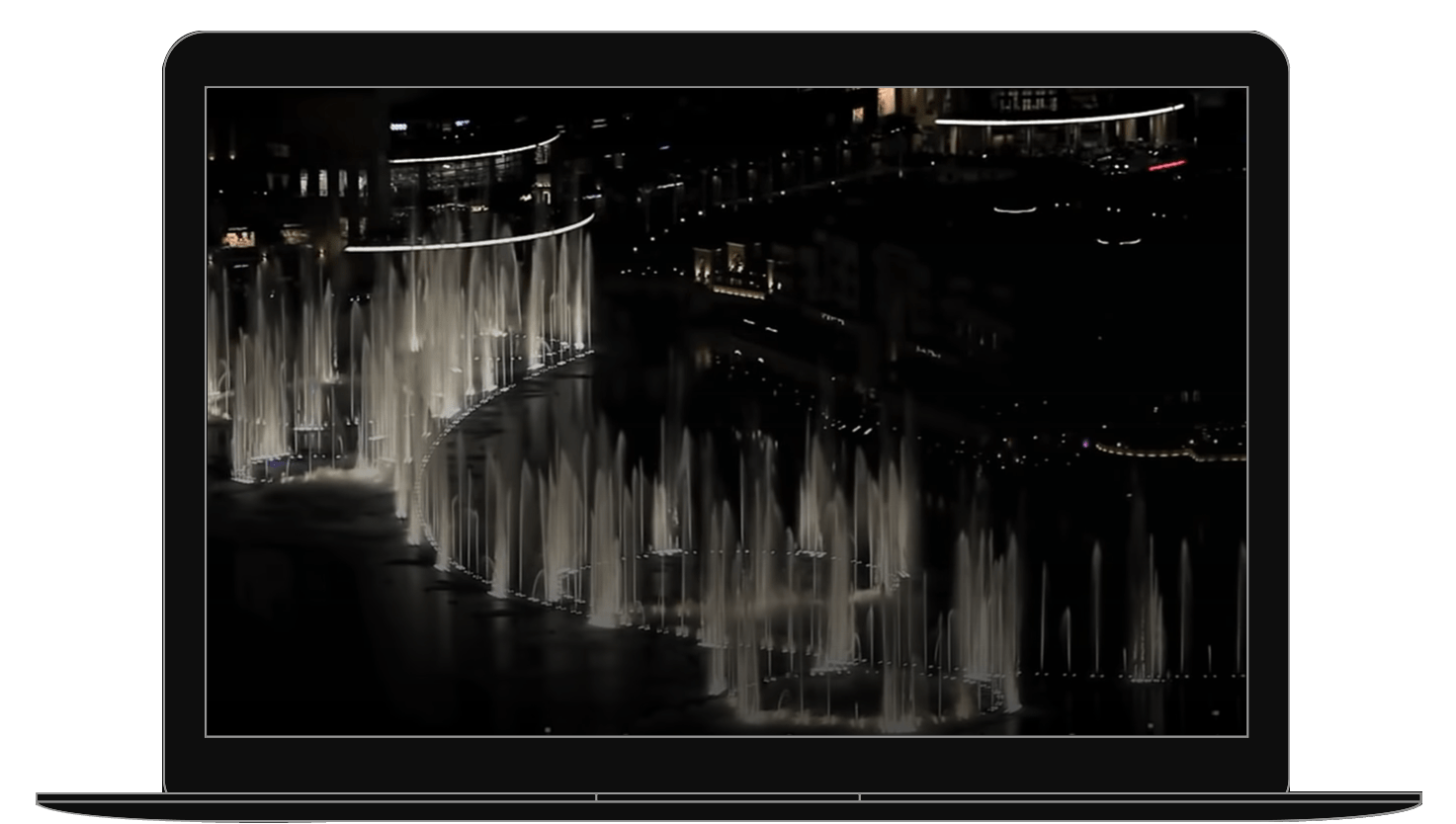
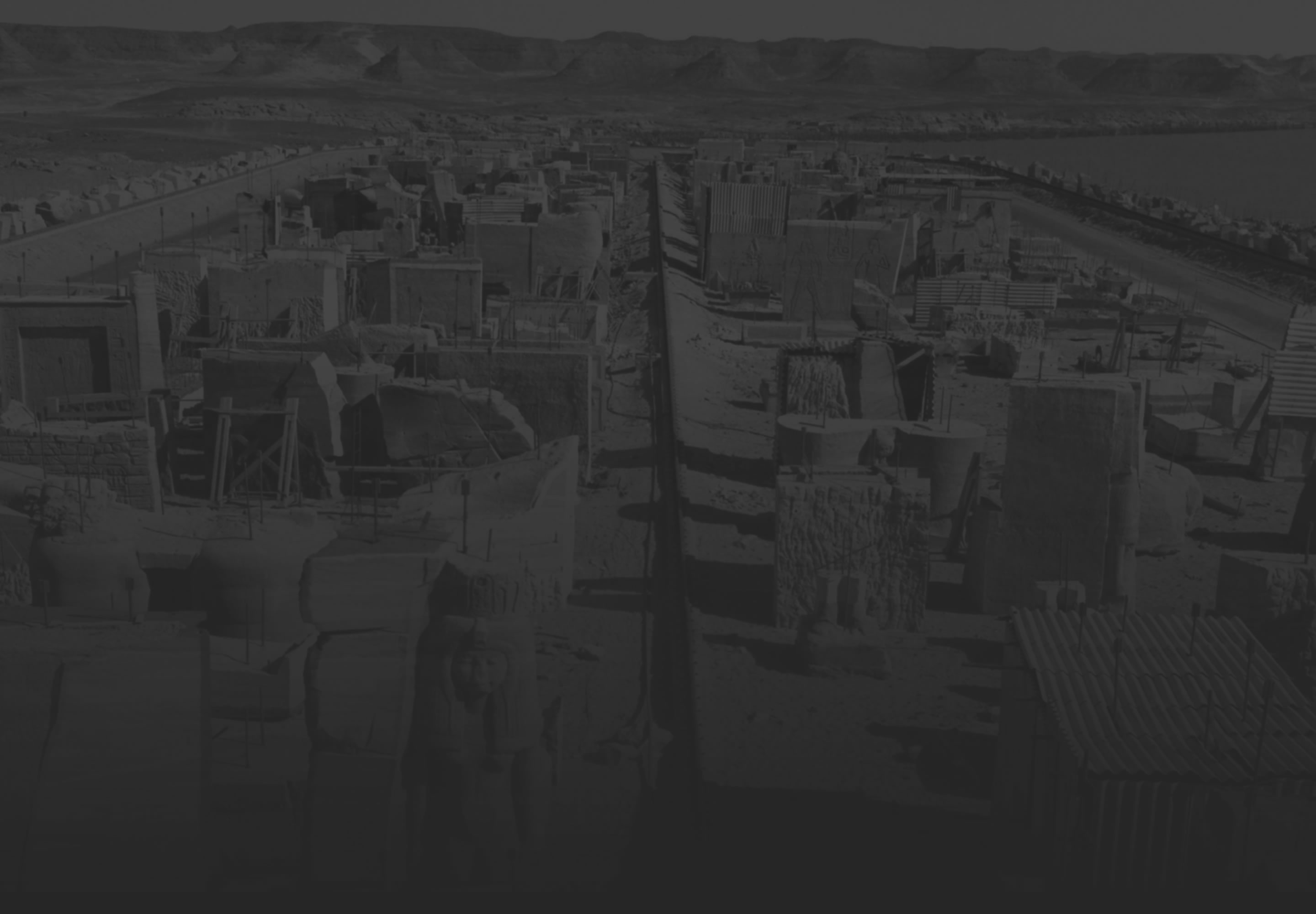
The significant impact of desalinated water
In the United Arab Emirates, as mentioned, the amount of water produced by desalination plants grew by about 20% between 2011 and 2022. However, this increase was less significant than in Saudi Arabia, where during the same period production rose by over 45%, reaching 2.14 billion liters in 2022.
In fact, groundwater extraction in Saudi Arabia amounted to just 23.38 billion liters in 2022, while surface water accounted for only about 4%. The United Arab Emirates, moreover, do not import water from other countries, so the share of desalinated water is extremely significant, especially in desert areas like Dubai, which are far from natural springs and rivers.
These figures, as mentioned, are due both to the scarcity of natural resources and to the sharp population growth recorded in recent decades. As in other Middle Eastern countries, the population growth rate has been and continues to be extremely high, reducing per capita and overall water reserves.





